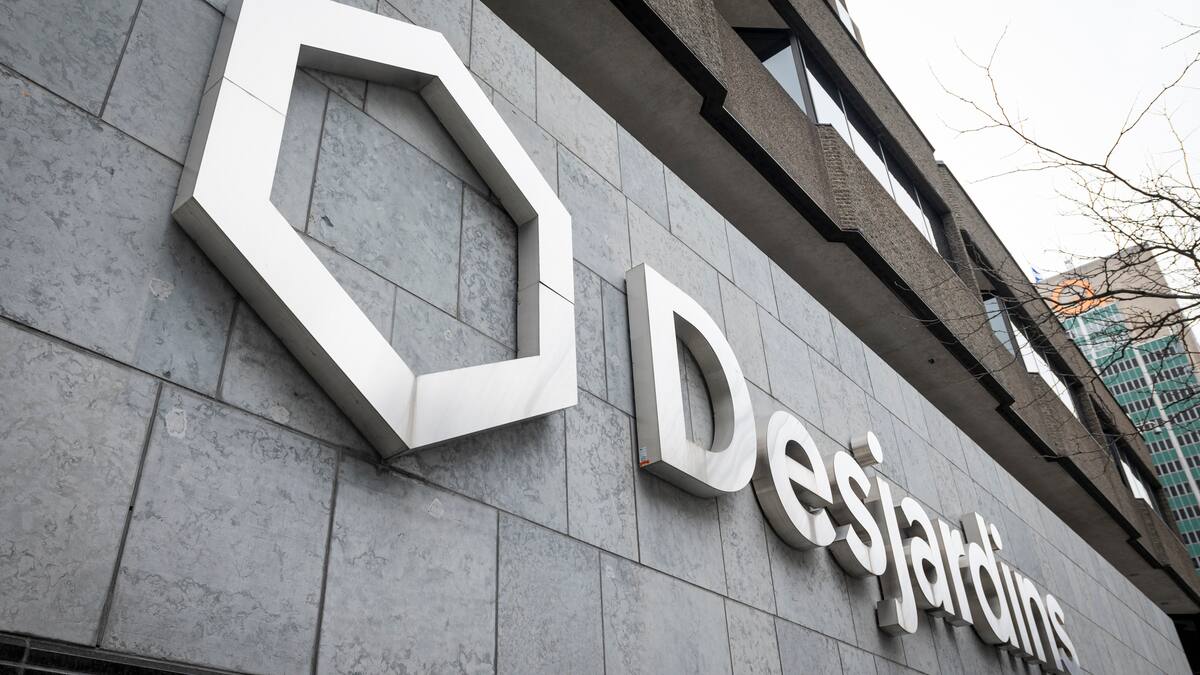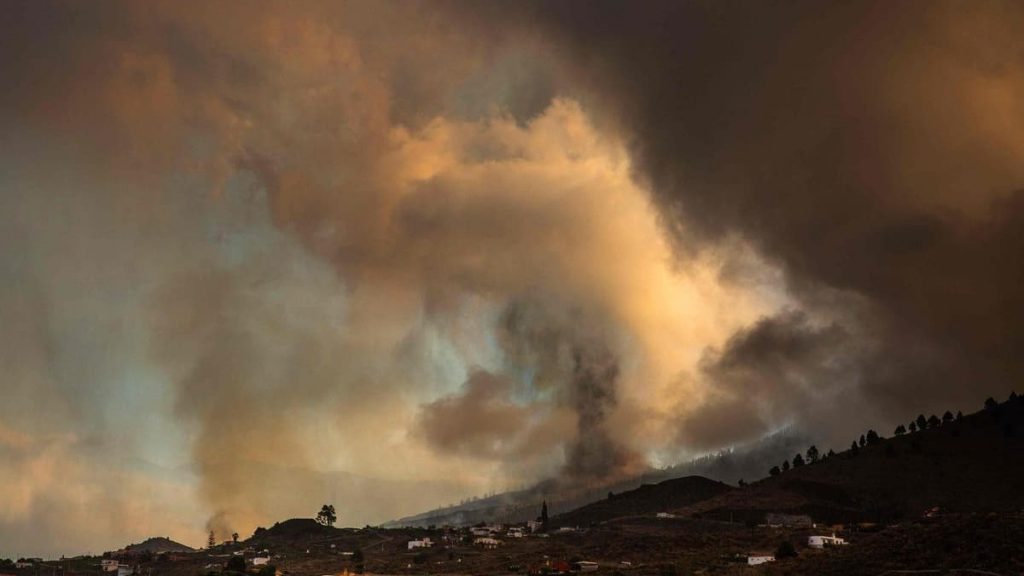Lava flows from the Cumbre Vieja volcano, which erupted on Sunday on the Spanish island of La Palma in the Canary Islands, forced the evacuation of about 5,500 people and destroyed a hundred homes on their way to the ocean, without reaching a distance. From Monday night to Tuesday, according to the latest forecast.
According to the regional government of the tourist archipelago off the coast of northwest Africa, a total of 5,500 people have had to leave their homes since the eruption began.
• Read also: Spain: Volcano erupts in the Canary Islands
A new eruption point appeared Monday evening at about 9.15 p.m. locally in the town of El Paso, forcing new evacuations in the area, and alerted the archipelago’s emergency service on Twitter.
The region’s president, Angel Victor Torres, welcomed during a joint press conference with Spanish Prime Minister Pedro Sanchez, “We have no human loss to regret (…) and I think this is the best news.” Sunday evening site.
This eruption, the first since 1971 on this island of approximately 85,000 inhabitants, on the other hand caused significant damage.
“One hundred houses” have been “destroyed in the municipalities of Los Llanos, El Paso and Tazacorte,” Lorena Hernandez Labrador, a city councilor for Los Llanos de Arridan, one of the villages affected by the lava flow, told AFP.
Pictures published by the media or circulated on social networking sites showed magnificent flows of lava up to ten meters high, burning trees on their way, covering roads and rushing towards homes through windows that were left open.
Cumbre Vieja spits out plumes of smoke several hundred meters high and between 6,000 and 9,000 tons of sulfur dioxide per day, according to the Canary Islands Volcanic Institute (Involcan). Smoke that has not yet closed the airspace.
When asked about public television, the head of the local authority in La Palma, Mariano Hernández Zapata, spoke of a scene of desolation left by “the tongues of lava (…) swallowing everything in its path”.
According to Involcan, these flows – which follow lava jets several tens of meters in height – are advancing at an average speed of 700 meters per hour at about 1,000 degrees Celsius.
A spokesman for the regional government said Monday evening that the lava “will not reach the sea tonight as we said” because the movement of the lava “is much slower than it was at the beginning.”
Pedro Sanchez, who was due to fly to New York for the United Nations General Assembly, postponed his trip to the island on Sunday evening following evacuations that mobilized hundreds of police and military personnel.
He said that “the night was long” and “the coming days will be long” also for those affected, promising them that they would not “suffer economically” thanks to the “solidarity” of the whole country.
Agée de 27 ans, Angie Chaux, qui vit à quelques kilomètres du volcan à Los Llanos de Aridane, an indiqué à l’AFP avoir eu “trois minutes” pour évacuer son domicile, à 04H30 du matin, avec son ant mari de et son enf Three years.
“We weren’t home” at the time of the explosion, but “we wanted to go back and the road was closed. The police let us pass, but they told us + you have 3 minutes + to ‘evacuate with the emergency bag’ which authorities have asked residents to prepare for,” she said.
Noelia Garcia, the mayor of this municipality, said she felt “helpless and angry” in the face of this disaster.
“It’s nature,” she told AFP, but “we are concerned about the banana and avocado plantations that have been damaged, and about the economic future of the island.”
Cumbre Vieja has been under close watch for a week due to the massive rise in seismic activity. According to owner Victor Torres, it will contain between 17 and 20 million cubic meters of magma.
According to the scientific coordinator of the Involcan, Nemesio Perez, the activity of the volcano can last “several weeks or even a few months”, due to the presence of a second pocket of magma located at a depth of 20 or 30 kilometers.
Of volcanic origin, the Canary Islands experienced its last volcanic eruption in 2011, this time underwater, on the island of El Hierro.

“Total coffee aficionado. Travel buff. Music ninja. Bacon nerd. Beeraholic.”







More Stories
A pregnant woman violently headbutts three midwives
Nigeria: Six soldiers killed in an ambush by bandits
Violations in the West Bank before October 7 | Possible US sanctions on an Israeli army unit